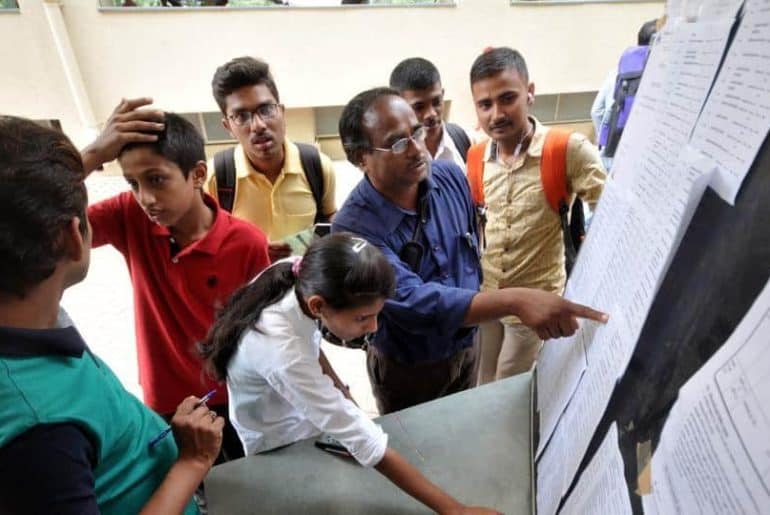There has been a surge in the number of student-run media houses in universities recently. These outlets have an important role to play in the campus ecosystem when it comes to disseminating news and providing students with infotainment.
In the recent past, a surge in the number of media platforms has been observed in the university hemisphere. The mushrooming of student-run media houses stands as a testimony to this fact. To cater to the ever-increasing demand for information by university students, a lot of student-run media houses have been integrated into the campus ecosystem, and their work of student newspapers is to provide this public service to a university audience.
Many students go through distress about not having the official information at the right time. University offices have not been very effective when it comes to disseminating important information. Moreover, help lines issued by the administration do not cater to the students’ questions satisfactorily. More often than not, they are liable to technical glitches and fail to serve the students in the stipulated time frame. A university houses a huge number of students and it gets practically impossible to reach out to every student in person. This gave way to the proliferation of student-run media outlets in the universities.
The need got coupled with technology in the form of smart phones and easy internet access, which created a fertile field for the burgeoning of media houses in the universities.
These media houses are fast emerging and students believe that it has a thriving market. There is a steep competition among student-run media outlets, with each of these outlets delivering innovative content in a weekly cycle to outnumber each other’s subscribers. These media outlets are grooming entrepreneurs, writers, marketers, designers, and artists. Today, every student seeks opportunities to acquire practical knowledge by interning at myriad professional platforms. This compensates for the exposure that our university system fails to provide.
Student-run media outlets provide necessary information and promote democratic participation of the students. These media houses instill a sense of responsibility within students and inculcate leadership qualities in them. Not only do they create narratives and make the students aware of the issues around them, but also strive to be accessible to a larger audience.
Rather than just providing high-quality content, student journalists are also dedicated to connecting students, academic departments, alumni, and the world. Universities should acknowledge and encourage the student journalists with bubbling energy and should create porous gateways for the passing of information from the administration to the student-run media outlets to sustain such an ecosystem.
Feature Image Credits: USA Today
Sandeep Samal
[email protected]




